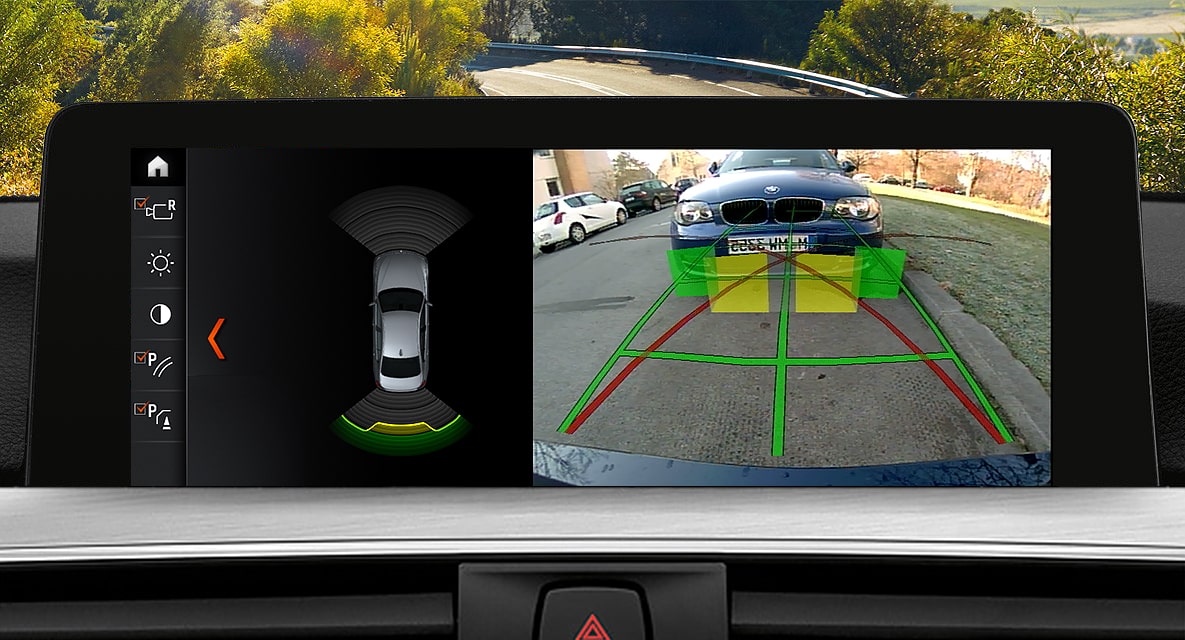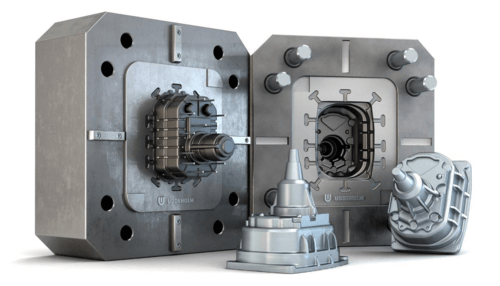Parking has always been a challenging task, especially while parking in tight spaces or reversing into spots. But modern vehicles now come equipped with Park Assist Camera that helps drivers park easily and safely.
What is a Park Assist Camera?
A Park Assist Camera, also known as a rear-view camera, is a camera installed on vehicles to assist drivers while parking or maneuvering in tight spaces. The camera, usually mounted on the rear windshield or license plate, gives drivers a clear live video feed of the area behind the vehicle on the infotainment or dedicated display screen in the vehicle. This allows drivers to see obstacles, other vehicles, pedestrians or any obstructions behind them that may not be visible directly.
How Does it Work?
A Park Assist Camera has a wide-angle lens installed at the rear of the vehicle to capture everything behind it. The camera is connected to wires that route the video feed to the vehicle’s display screen. When the driver engages the reverse gear, the screen automatically switches from its regular mode to rear camera mode. This gives the driver an unobstructed live view of the area behind to aid safe maneuvering and parking. Most advanced systems also integrate guidance graphics overlay on the screen to help align the vehicle perfectly.
Benefits of Using a Park Assist Camera
– Improves Safety: A rear camera provides a much wider field of view compared to just relying on rear/side mirrors. This helps spot obstacles, people or vehicles easily that may otherwise go unnoticed, preventing accidents.
– Easy Parking: Backing into spots can be tricky without visibility behind. A rear camera eliminates blind spots and lets you park smoothly even in tight garage slots.
– Convenience: From parking lots to driveways, the camera assists effortlessly without needing to crane your neck back and forth. This is especially helpful for the elderly or those with limited mobility.
– Protection: Accidental rear bumps while reversing are a common cause of damage claims. A camera acts as an extra pair of eyes, safeguarding your vehicle from such incidents.
– Value Addition: A well-integrated rear camera system increases the resale value of any vehicle by enhancing its features and safety quotient.
Popular Park Assist Camera Features
Within its screen, a park assist camera often comes packed with useful overlays and features:
– Guidelines: Static or dynamic reverse parking guidelines are displayed for precise positioning between lines or obstacles.
– Dimensions: Real-time vehicle width and extended guidelines show the parking space required for hassle-free docking.
– Multiple Views: Switch between wide-angle rear and tighter zoom views for better visibility of areas immediately behind.
– Sensors: When integrated with ultrasonic sensors, distance warnings alert users to nearby objects for assisted parking.
– Visibility Enhancers: Features like active grid lines, transparent overlays and zoom enhance clarity in low light or rain conditions.
– Memory Presets: Ability to save preferred camera views tailored to different vehicles or parking spots.
So in summary, a reliable rear camera acts as the extra set of eyes drivers need while navigating reverse, bringing visibility and simplicity to an otherwise difficult maneuver.
Standard or Advanced System?
While basic rear camera functionality is now mandated on new vehicles in many countries, manufacturers offer varying levels of integration and feature sets:
– Standard: Entry-level static view camera activated only in reverse without parking guidelines or additional displays.
– Mid-Range: Upgraded with dynamic guidelines, zoom modes and select enhanced visibility features. Often paired with rear sensors as well.
– High-End: Top-of-the-line systems featuring high-resolution cameras, automatic braking assist using AI and sensors, 360 degree surround views and advanced parking modes for foolproof docking.
So in your next vehicle purchase, evaluating your parking and maneuvering needs will determine if a basic camera does the job or an advanced system with integrated sensors and automated features is preferred.
Installation and Maintenance
For older vehicles without built-in cameras, reliable aftermarket solutions are available for do-it-yourself installation or through authorized fitment centers. Professional installation is always recommended to preserve wiring and camera positioning for optimum performance.
Periodic checks of camera alignment and cleaning dirt/debris on the lens also keep the view sharp. Software updates may further enhance capabilities over the vehicle’s lifespan. Overall, with minimal effort a rear-view camera serves drivers well for many years of hassle-free parking.
A park assist camera has become an indispensable utility in today’s vehicle to make reversing and docking processes easier and safer. From added peace of mind to stress-free parking every time, it bridges visibility gaps that two external mirrors cannot fulfill alone. With continuous advancement in megapixel counts, night vision, automatic features and sensor integration, rear-view cameras will keep redefining driver assistance for smoother vehicular maneuverability in the years to come.
*Note:
1. Source: Coherent Market Insights, Public sources, Desk research
2. We have leveraged AI tools to mine information and compile it



